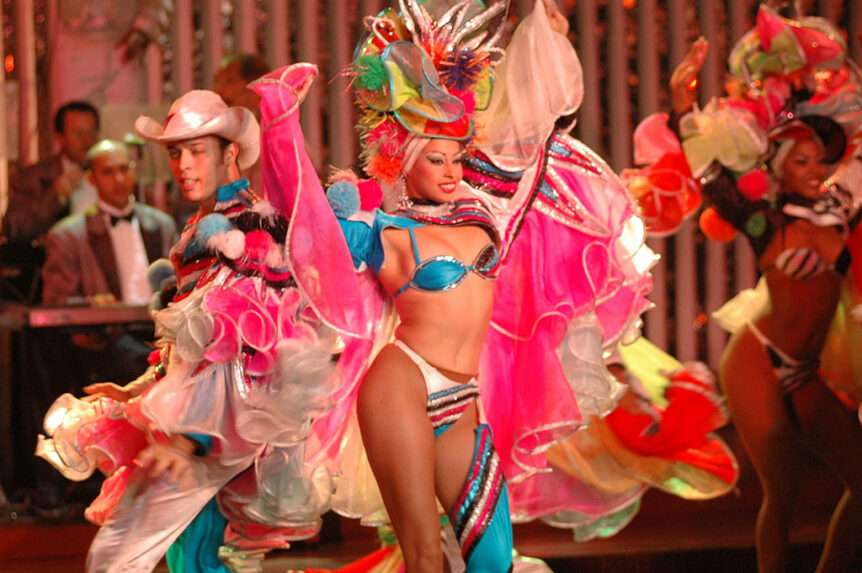
Salsa Music is a vibrant and infectious genre that embodies the fusion of diverse musical influences and cultural traditions. Originating in the vibrant streets of New York City in the 1960s, salsa emerged as a dynamic blend of Afro-Cuban rhythms, Puerto Rican influences, and elements of jazz, mambo, and other Latin styles. The term “salsa” itself reflects the spicy and lively nature of this genre, symbolizing the fiery energy and passion infused into its music and dance.
The roots of salsa can be traced back to the Caribbean, where African, Spanish, and indigenous rhythms converged to create a melting pot of musical expressions. Cuban son, Puerto Rican plena, and African percussion traditions laid the groundwork for the rhythmic complexity and syncopated beats that define salsa music. As waves of immigrants from Latin America brought their cultural heritage to the United States, salsa flourished in the urban landscapes of New York City, becoming a symbol of identity and unity for the Latinx community.

Throughout its evolution, salsa has been shaped by prominent figures such as Tito Puente, Celia Cruz, Willie Colón, and Rubén Blades, who introduced innovative arrangements, lyrics, and instrumentation that pushed the boundaries of traditional Latin music. The salsa boom of the 1970s propelled this genre to international acclaim, captivating audiences with its infectious grooves, spirited improvisation, and social commentary woven into its lyrical content.
Today, salsa music continues to thrive as a global phenomenon, transcending borders and languages to unite people in celebration and dance. Its rich history and enduring legacy reflect the resilience, creativity, and cultural richness of the Latin American diaspora, cementing salsa as a beloved and influential genre in the pantheon of world music.


